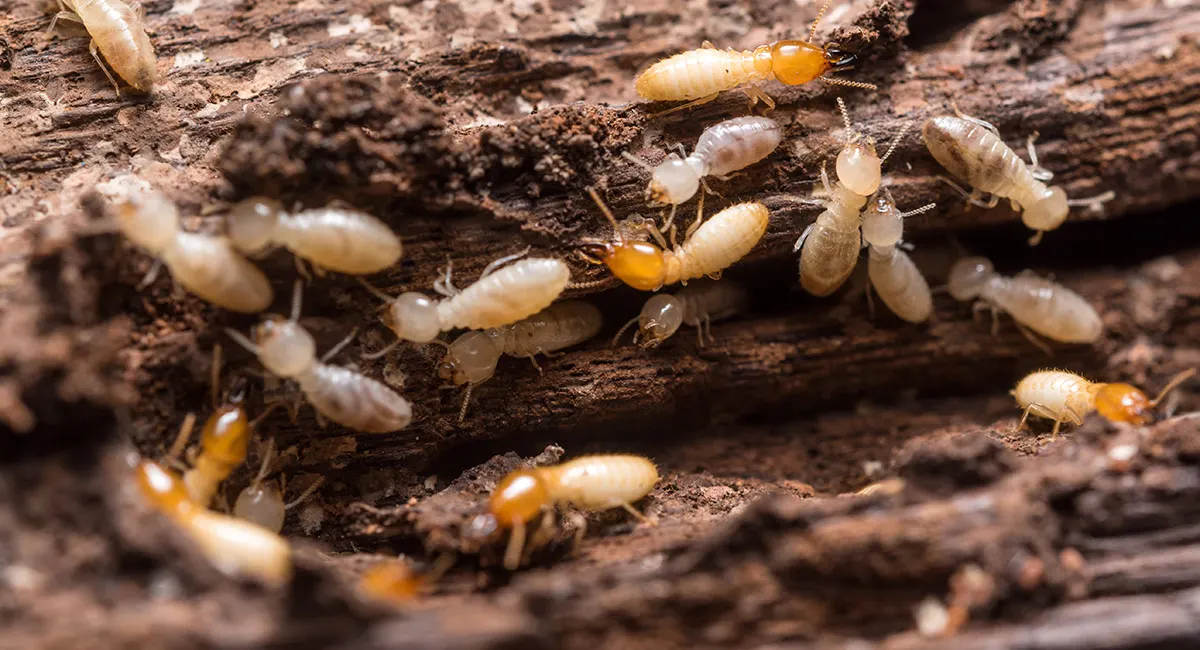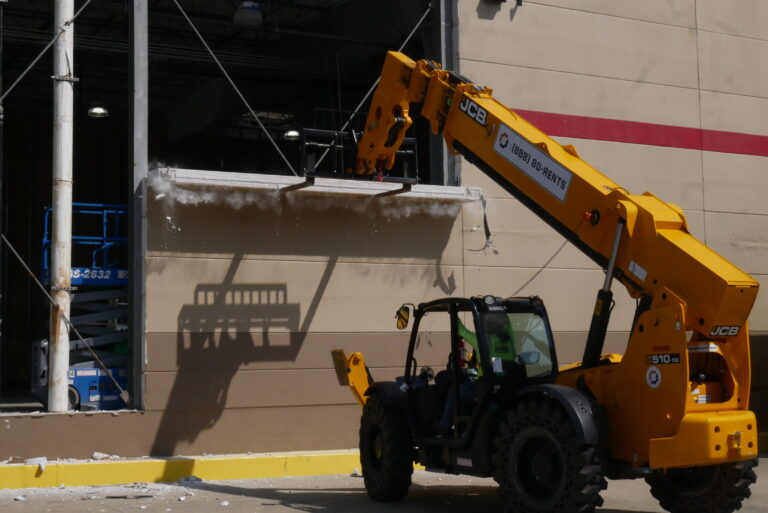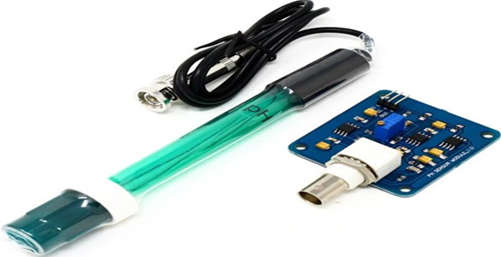Comprehensive Guide to Termite Control in Singapore

Termites are often referred to as “silent destroyers” because of their ability to damage wood, furniture, and even structural foundations without being noticed until it’s too late. In Singapore, where the warm and humid climate creates an ideal breeding ground for these pests, termite infestations are a common and costly issue. For homeowners and businesses alike, understanding how to identify, prevent, and manage termite problems is essential for protecting property and maintaining peace of mind.
Why Termite Control Is Crucial in Singapore
Unlike other pests that may cause inconvenience, termites can inflict serious long-term damage to buildings and furniture. Their ability to feed on cellulose-based materials means wooden structures, paper products, and even insulation can be at risk. Because infestations often go undetected for months or even years, the damage they cause can result in significant financial losses. That’s why many property owners turn to professional solutions for termite control in Singapore to safeguard their homes and businesses.
Common Types of Termites Found in Singapore
Singapore is home to several species of termites, each with unique habits and risks. The most common ones include:
- Subterranean Termites: These are the most destructive, living in underground colonies and building mud tubes to access food sources. They can cause severe structural damage if left untreated.
- Drywood Termites: Unlike subterranean termites, these infest dry wood directly and are often found in furniture, wooden doors, and decorative items.
- Dampwood Termites: Attracted to moist, decaying wood, these termites are less common but can thrive in areas with water damage or high humidity.
Recognizing the type of termite is crucial, as different species require different control methods.
Signs of a Termite Infestation
Because termites are discreet, spotting an infestation early can be challenging. However, there are several warning signs to look out for:
- Mud Tubes: Subterranean termites build these tunnels to travel between colonies and food sources.
- Discarded Wings: Termite swarmers shed their wings after establishing a new colony, often leaving piles near windowsills.
- Hollow-Sounding Wood: Tapping on wood that sounds empty can indicate internal termite damage.
- Frass (Termite Droppings): Small piles of droppings near furniture or wooden structures may point to drywood termite activity.
- Bubbling Paint or Warped Wood: Moisture created by termite activity can cause surfaces to appear distorted.
Early detection is key to minimizing damage and reducing the cost of repairs.
The Dangers of Ignoring Termite Problems
Termites may not pose direct health risks to humans, but the financial and structural consequences can be devastating. Ignoring a termite problem can lead to:
- Costly repairs to furniture, flooring, and building structures.
- Weakened foundations that compromise safety.
- Lower property value due to long-term damage.
- Increased difficulty in eliminating colonies once they spread extensively.
For these reasons, termite prevention and control should never be delayed.
Effective Termite Control Methods
Managing termite infestations requires a comprehensive approach. Some of the most effective methods include:
1. Soil Treatment
Chemical barriers applied to the soil around a building create a protective zone that prevents subterranean termites from entering.
2. Baiting Systems
Non-toxic baits attract termites, which carry the substance back to their colony, eventually eliminating it at the source.
3. Direct Wood Treatment
Specialized solutions can be applied directly to wooden structures to kill termites and protect against future infestations.
4. Moisture Control
Fixing leaks, improving ventilation, and reducing humidity discourage termite activity, especially for dampwood species.
5. Regular Inspections
Routine checks help detect infestations early and prevent severe damage.
Combining these methods often provides the best long-term protection.
Prevention Tips for Homeowners
Prevention is always better than cure when it comes to termites. Homeowners can take the following steps to reduce risks:
- Keep wooden structures dry and well-maintained.
- Store firewood and timber away from the home’s foundation.
- Fix leaky pipes, drains, and roofing to eliminate moisture.
- Ensure good ventilation in crawl spaces, attics, and basements.
- Schedule annual termite inspections as a precautionary measure.
By creating an environment less attractive to termites, homeowners can significantly reduce the likelihood of infestations.
Preventive Measures for Businesses
Businesses, especially those operating in older buildings or with significant wooden infrastructure, need to take extra precautions. Preventive strategies include:
- Establishing pest monitoring systems throughout the premises.
- Training staff to recognize early signs of infestation.
- Conducting regular maintenance on storage facilities and warehouses.
- Maintaining landscaping to prevent soil-to-wood contact near structures.
These steps not only protect physical assets but also prevent disruptions to operations.
Eco-Friendly Termite Control Options
Growing awareness about environmental sustainability has led to increased demand for eco-friendly pest control solutions. Some options include:
- Biological Controls: Using natural termite predators such as nematodes.
- Non-Toxic Baits: Safe alternatives that specifically target termites without harming other organisms.
- Green Construction Practices: Using termite-resistant building materials and proper design to minimize risks.
These environmentally conscious methods help balance pest management with ecological responsibility.
Long-Term Benefits of Termite Management
Investing in termite control is not just about eliminating pests—it’s about long-term protection and peace of mind. Benefits include:
- Preservation of property value.
- Avoidance of costly structural repairs.
- Safer living and working environments.
- Compliance with building and safety standards.
- Reduced stress from the threat of hidden damage.
With proper control measures, homeowners and businesses can safeguard their investments and enjoy healthier, safer spaces.
Conclusion
Termites are a persistent threat in Singapore due to the country’s tropical climate. Left unchecked, they can cause extensive and costly damage to homes and businesses. Effective termite control involves early detection, preventive measures, and a combination of treatment strategies tailored to different termite species. By adopting a proactive approach, property owners can protect their investments, ensure safety, and avoid the heavy burden of long-term damage.






